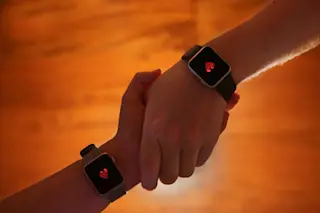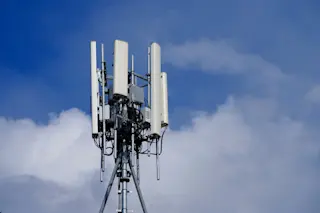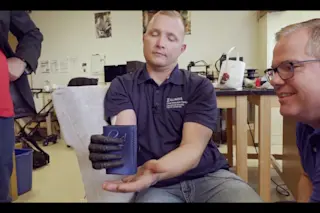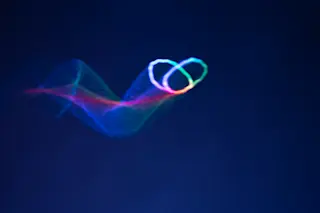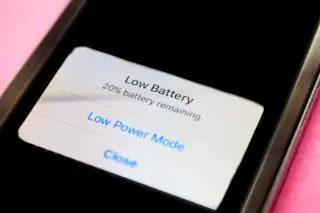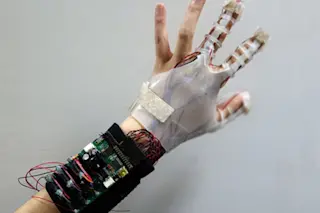Let’s say I have an idea for a great invention one day — a series of pneumatic tubes that would shoot pods with people inside between cities at hundreds of miles an hour. My “Superloop” sounds like a sure-fire hit, but I don’t have the resources to pull the project off, and what’s more, the technology to build it isn’t actually there yet.
But I don’t want someone with more money to come along and snag the invention from me — I did do the hard work of having the idea, after all. If I lived anywhere else but the U.S., I might be out out of luck. But here, where bootstraps (even imaginary ones) are the upwardly mobile tool of choice, there’s a way to secure the rights to inventions and processes that don’t actually exist yet. It’s called a prophetic patent.
A prophetic patent looks superficially like a ...



